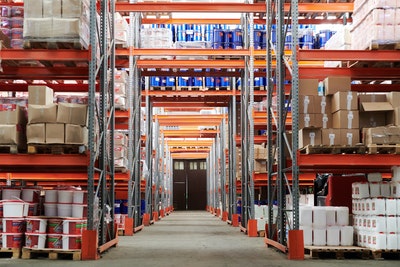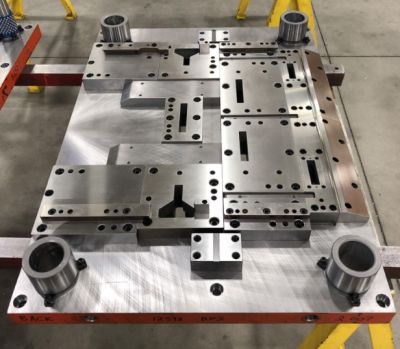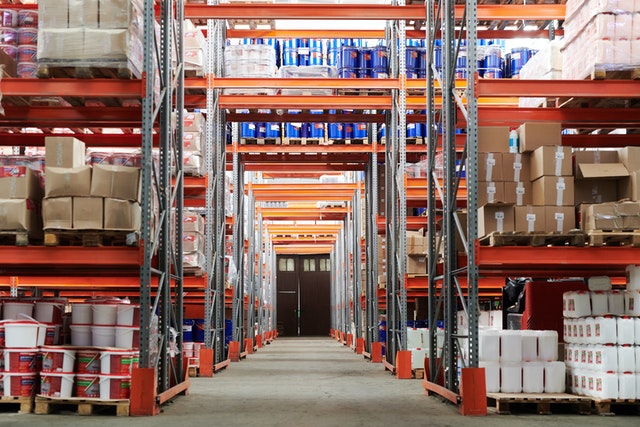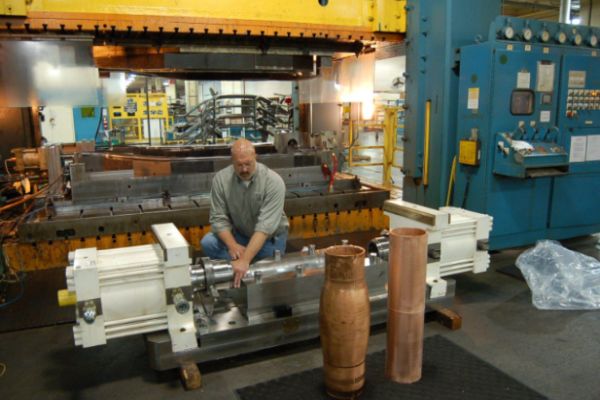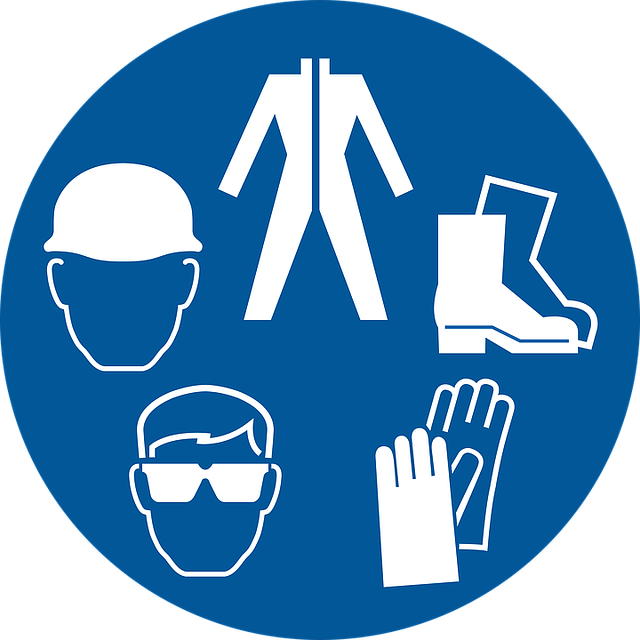Production Tips: 6 Machines That Can Speed Up The Manufacturing Process
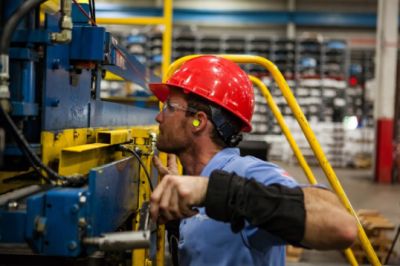
In a manufacturing process, each step is necessary for the progression of the final product. Tackling all steps in a manufacturing process can be time-consuming.
You must handle a slew of issues, from increasing output to assuring quality, lowering expenses, adhering to legal requirements, and balancing environmental goals.
A business must choose which machines will give them the best results in the most cost-efficient way possible.
While it can be challenging to find the most efficient machines, there are six that every factory should consider.
1. Cartoner Machine
A cartoner machine is a machine that compresses the contents of a shipping box into a dense package. A shipping company or business can opt to utilize this machine in order to reduce costs.
When talking about cartoner equipment, it’s important to note that the way it’s designed saves a lot of production floor space – and everyone in the business knows how valuable that is. A good cartoner will also be easy to set up and load while reducing downtime.
These machines can produce anywhere from 50 to 300 cartons or trays per minute. It has three main parts: the box former, the filling station, and the air pump with folding arms.
First, after feeding empty boxes into the box former, it will form two walls of the box. Past that, there’s a station where you load the loose stuff into.
Next, you put this product into the box with an air pump and folding arms that does all the work for you. Lastly, it folds up nicely and neatly. Some machines even tuck in some paper around the edges to make the package look pretty.
2. Punching Machine
A punching machine is a machine that starts with a fairly long strip of material and then will punch out any shape you tell it to.
Punching machines are used all over in many types of manufacturing plants – they’re especially important in metal stamping applications where speed is crucial – but they’re also important in making food trays or electronic cases, to name a few.
These machines can cut circles, rectangles, ellipses, ovals, U-shapes, V-shapes, and such. There are various ways to adjust the cutter so it makes different shapes.
For example, you can install interchangeable inserts to control the punch movement through the sheet thickness (change the distance between the punch and die) or simply by inserting a different cutting pattern into the machine’s memory.
They save a lot of time and money, plus they can increase output. This is why you’ll find them in so many different types of production facilities.
3. Heat Treat Oven
A heat treat oven is a machine that runs on electricity and heats up to about 700 degrees Fahrenheit, which can be used alongside other devices, such as titanium fasteners.
This process involves the tools and equipment you need for heat treatment intended for different metals. Heat treating can also affect the hardness of metal through specific temperatures designed to give you just the right amount of hardness you need for increased resistance to wear and tear.
You can produce things like cutting tools and die sets, plus various other types of equipment and utensils. You can use heat treat ovens in a factory for multiple tasks: you’ll complete the work at the same time while saving on cost and time.
Most often, a heat treat oven is used in industries where metal stamping is the central focus, but it’s also important in things like making jewelry, kitchen utensils, can openers, and food packaging.
4. EDM (Electrical Discharge Machine)
An electrical discharge machine (EDM) uses electricity and a precise amount of voltage to burn metal in order to give you the exact shape and size you need.
This process is sometimes used alongside milling or drilling for faster results. These machines can be adjusted to your liking and they’re capable of some pretty accurate work. EDM is mainly used for applications where high tolerances are required for a perfect finished product.
This is why you’ll find it in many different industries: car manufacturing, aerospace, medical, and more. It’s able to produce parts with very thin walls and tight tolerances.
Plus, it can create other details not achievable with conventional machining techniques. The process is mainly used for removing material, but it’s also effective at engraving, drilling holes, and knurling too.
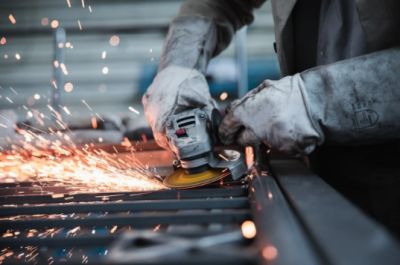
5. CNC (Computer Numerical Control) Cutting Machine
A computer numerical control (CNC) cutting machine is a machine that uses lasers, blades, and other precise mechanical or electrical systems to cut metal.
You can adjust the amount of power you need for different kinds of metal so it doesn’t overheat. A CNC cutting machine will be used in a variety of industries, such as automotive, defense, consumer, medical, and more.
It’s capable of taking on some heavy-duty projects without worrying about causing damage to the machine or injuring workers. The products made by CNC cutting machines are extremely accurate, so you can expect them to be used in demanding applications where precision is a major consideration.
When used in the defense industry, for example, the resulting products are used in jet engines. When it comes to medical devices, expect them to be used in tools that conduct knee replacements and spinal surgeries.
6. CMM (Coordinate Measuring Machine)
A coordinate measuring machine (CMM) is an automated system for inspecting parts to determine whether they meet specifications or tolerances.
It provides accurate dimensional data so you can get the results you want in a fast method that’s repeatable. CMM is used in industries where high levels of accuracy are necessary, so you’ll find it in areas like tool and die.
This machine will be incredibly useful when inspecting parts that can’t be measured manually. You can get highly accurate results that take into consideration every surface, angle, or point on the part being inspected. CMM’s are also used in factory automation to help reduce human error.
In the end, it’s important you have a manufacturing process that’s as efficient as possible for any business. In order to achieve this goal, you’ll need tools and equipment designed to speed up the manufacturing process.
The above six machines can help do just that: they’ll produce better parts faster with just a few simple clicks.

